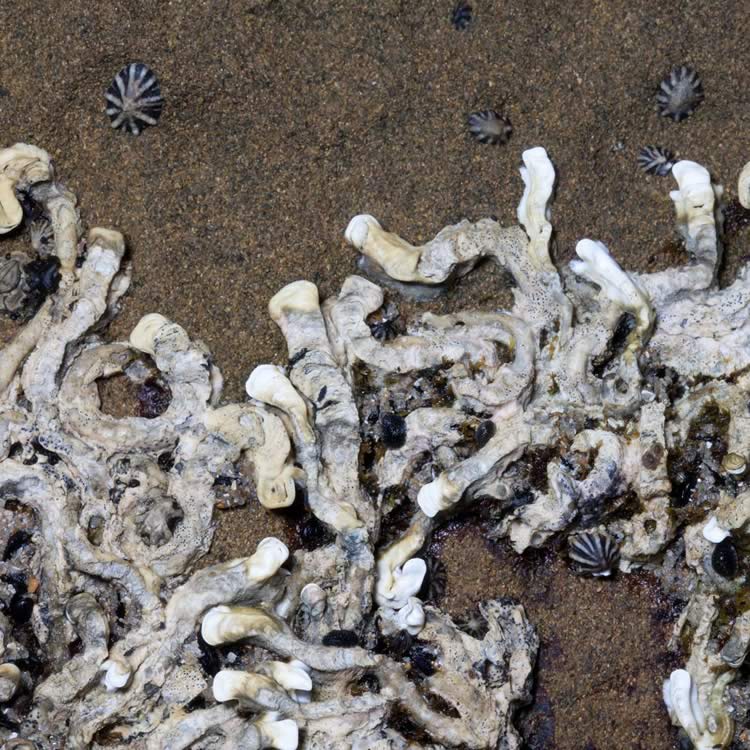Tube worm

Community type
Habitat type
Rocky reefs, kelp beds and inter-tidal zone
This fascinating worm remains stationary throughout its life, building a leathery tube around its body using mucus and sand. The spectacular feathery crown of tentacles is used to catch passing food from the water, and move food towards the central mouth.
Some tube worms can grow up to 10 cm long. The tentacles also act as gills, allowing the worm to source oxygen from the surrounding water. The worm itself can move up and down inside the tube, gripping it with small bristles. When threatened, the worm is able to completely withdraw its delicate tentacles into the tube.
